Gilia stellata, Star Gila
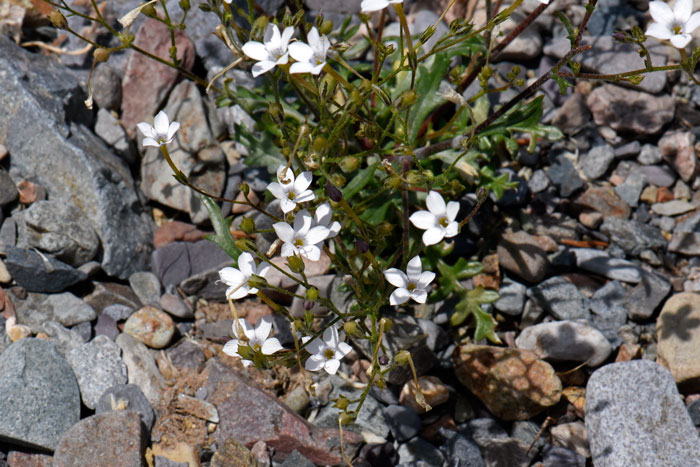
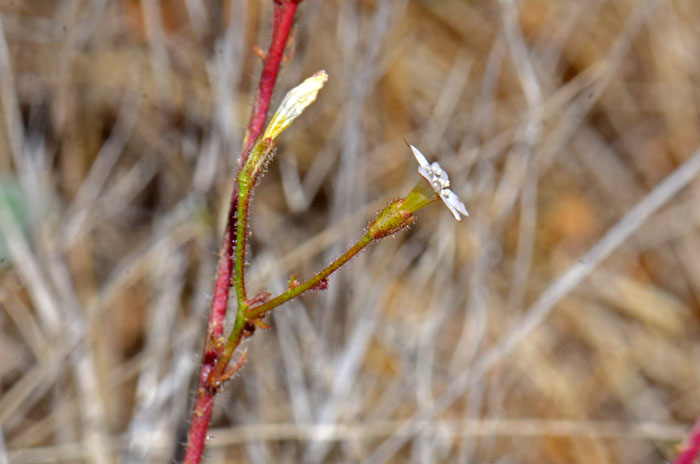
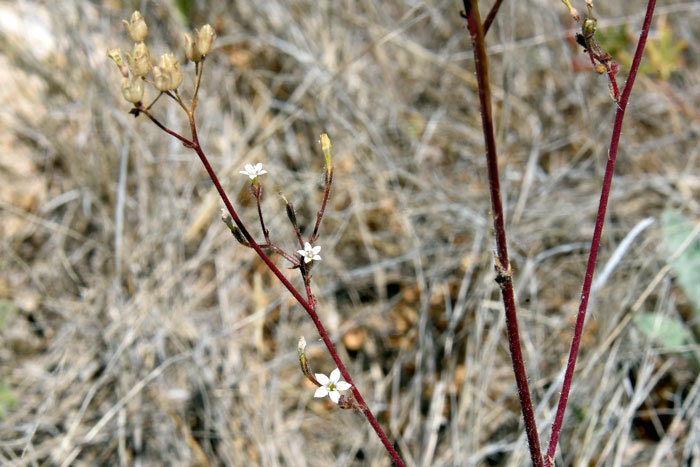
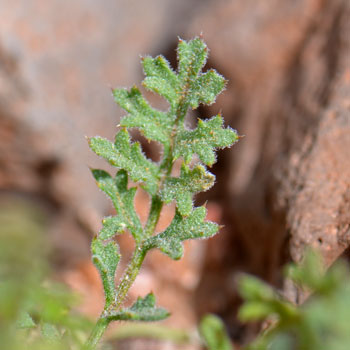
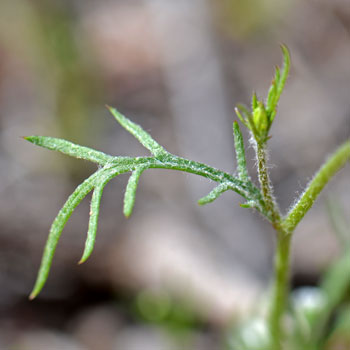
Scientific Name: Gilia stellata
Common Name: Star Gila
Also Called: Gilia, Star Gily-flower
Family: Polemoniaceae, Jacob’s Ladder or Phlox Family
Synonyms: ()
Status: Native
Duration: Annual
Size: Up to 2 feet more or less.
Growth Form: Forb/herb; erect, hairy below, multiple branches, stems gland-dotted above.
Leaves: Green; basal rosette, pinnate.
Flower Color: White, pink with purple spots; calyx pubescent or glandular, corolla funnelform, the tube 2 times the calyx, throat yellow, purple spots; flowers 4 or more per stem; fruit a capsule.
Flowering Season: March to April, March to May in California.
Elevation: Up to 2,500 feet.
Habitat Preferences: Dry rocky slopes and sandy slopes, desert shrub-lands and woodlands.
Recorded Range: Star Gila is found in the southwestern United States, Baja California and northern Mexico. In the United States it is found in AZ, CA, NM, NV and UT. In Arizona it is found in the southwestern parts of the states with few or no records from Yuma county.
North America & US County Distribution Map for Gilia stellata.
U.S. Weed Information: No information available.
Invasive/Noxious Weed Information: No information available.
Wetland Indicator: No information available.
Threatened/Endangered Information: No information available.
The Plant List includes 40 species for the genus Gilia world-wide.
Comments: Star Gila is closely related to Gilia scopulorum, distinguished by its short corolla tube which does not exceed the calyx (but which is long-exserted in Gilia scopulorum)
In Southwest Desert Flora also see; Lesser Yellowthroat Gilia, Gilia flavocincta and Rosy Gilia, Gilia sinuata.

